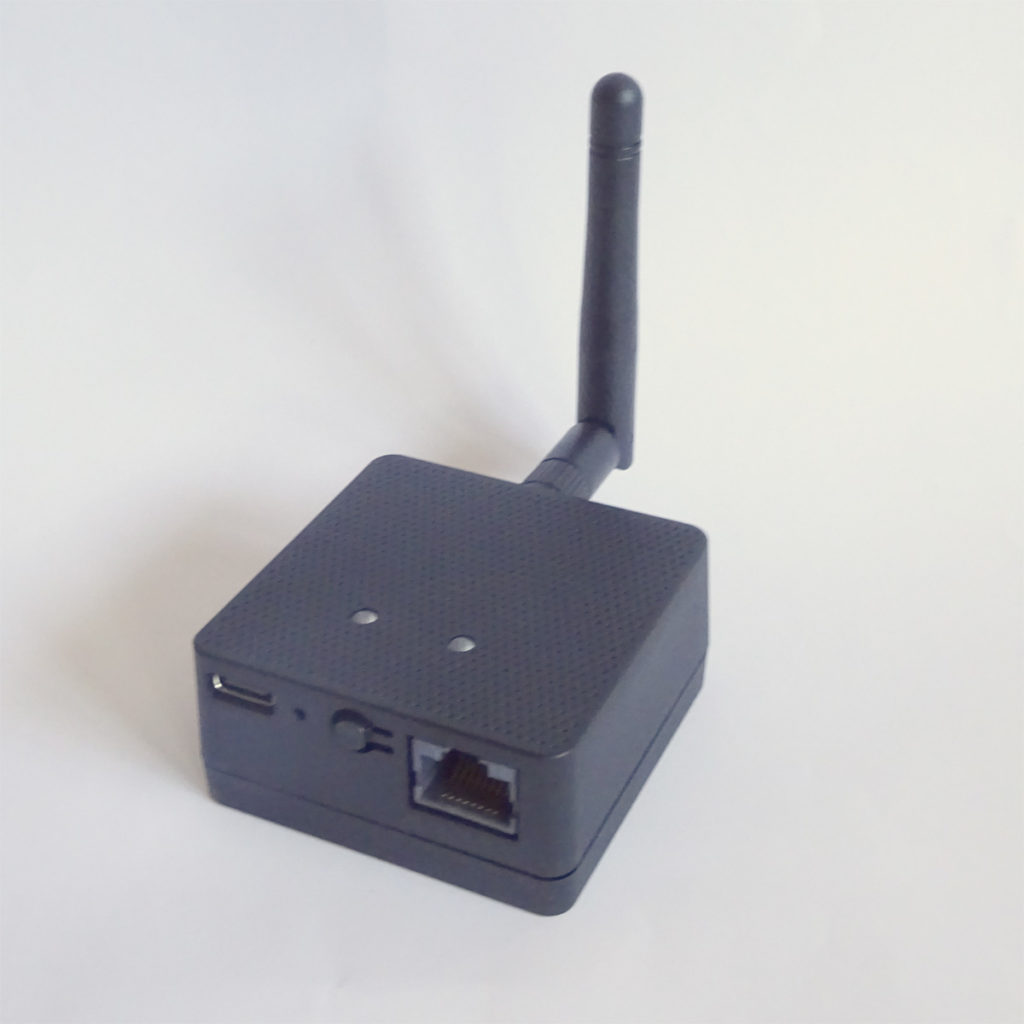Bluetooth beacons are increasingly being used for asset tracking. Their use in this context differs significantly from their conventional role of in-app triggering. In asset tracking, gateways rather than smartphones are used as detection devices, requiring different configurations for optimum efficiency.

iGS03E Bluetooth to Ethernet gateway
Changing Bluetooth beacon settings requires the manufacturer’s specific application custom-tailored for their devices. These apps adjust the beacon parameters according to specific needs.
A most important setting when using beacons for asset tracking involves is the advertising period. This is the time interval between the broadcasted signals. In the the app detection usecase, a frequent advertising period is required to ensure constant detection by nearby smartphones and particularly for iOS. However, in asset tracking, the scenario is different.
Since gateways, not smartphones, are used for detection, a lower advertising period, ranging from 1 to 10 seconds, is sufficient. Less frequent advertising has the advantage of conserving the beacon’s battery life. It also ensures the server isn’t flooded with duplicate data.
The beacon’s advertising type is another key consideration. iBeacon or Eddystone UIDs are usually used for detection by smartphones due to their compatibility and detection by mobile operating systems. However, when using gateways and servers, the Bluetooth MAC address of the beacon is usually used for identification. Consequently, any advertising type can be selected, eliminating the need for specific compatibility.
Where multiple advertising types are available, it’s essential to ensure that only one advertising type is selected. Even though gateways can utilise any advertising type, using multiple types simultaneously can lead to increased energy consumption by the beacon and more redundant data at the server.